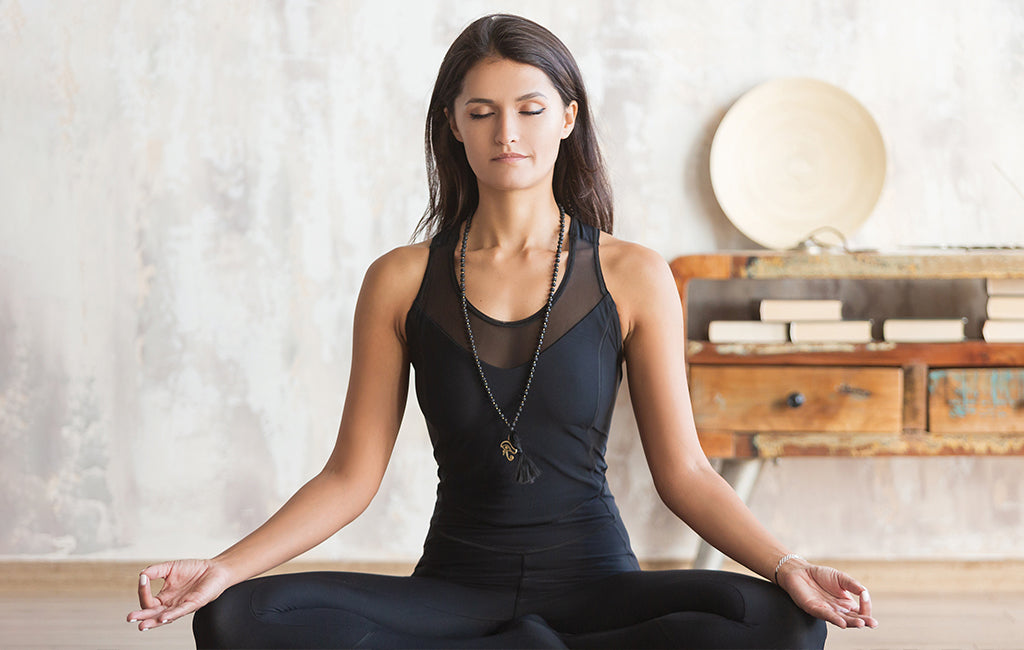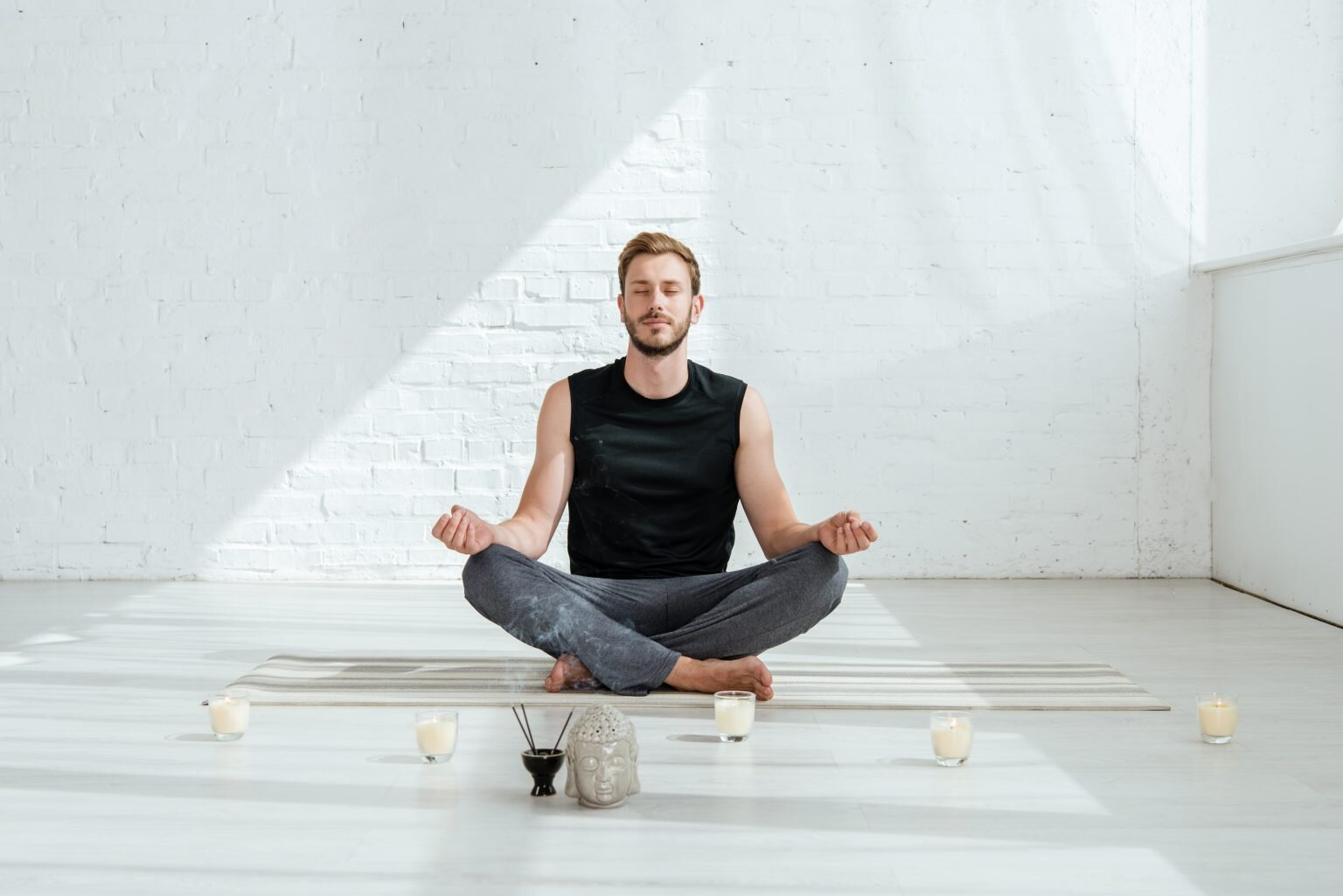How to Meditate? Exploring Various Methods for a Tranquil Mind
How to Meditate? Exploring Various Methods for a Tranquil Mind
Blog Article
How to Meditate: A Detailed Technique to Achieving Mindfulness and Calm
Reflection serves as an effective tool for achieving mindfulness and emotional tranquility in a fast-paced globe. By understanding the basic principles and techniques included in meditation, people can grow a practice that improves their total wellness.
Comprehending Meditation
Understanding reflection entails grasping its basic principles and techniques, which act as the structure for the practice. At its core, reflection is a psychological exercise intended at promoting relaxation, constructing interior energy, and establishing concern and understanding. The practice urges individuals to concentrate their focus, frequently with techniques such as deep breathing, visualization, or mantra repeating.
Meditation can be categorized into different styles, consisting of mindfulness, transcendental, and loving-kindness reflection, each with distinctive functions and techniques. Mindfulness reflection stresses present-moment awareness and non-judgmental observation of thoughts and sensations, while copyright involves using details concepts to transcend common mind. Loving-kindness reflection concentrates on establishing an attitude of love and empathy towards oneself and others.
No matter the strategy used, the primary goal remains regular: to grow a much deeper understanding of the mind and its patterns. This self-awareness promotes emotional durability, clearness of thought, and a profound feeling of tranquility (How to meditate?). By comprehending these concepts and methods, individuals lay the foundation for a successful reflection method that can dramatically enhance their overall health
Planning For Your Practice
Before starting your reflection method, it is necessary to create a setting conducive to concentrate and relaxation. Select a quiet space where you are unlikely to be disturbed. This might be an edge of an area, a yard, or any kind of location that stimulates a feeling of peace. Guarantee that the area is free and clean of clutter, as a clean atmosphere can aid remove the mind.
Consider the lighting, as natural light can boost your mood and energy. Soft, warm illumination is commonly much more soothing than extreme fluorescent lights. In addition, choose a comfy temperature, ensuring that you are neither as well warm nor too cold.
Including components that promote serenity can even more improve your experience. This might consist of soft paddings or coverings for comfort, as well as relaxing scents from crucial oils or incense. It can likewise be valuable to have a timer set for your meditation session to stop disturbances from clock-watching.
Fundamental Meditation Strategies

One more effective method is body scan reflection. This involves emotionally checking your body from head to toe, noticing any locations of tension or discomfort and knowingly kicking back those muscular tissues. This technique fosters a deeper connection in between your mind and body.

Last but not least, loving-kindness meditation focuses on growing empathy towards yourself and others. Silently repeat expressions of a good reputation, improving emotional health and interconnectedness. Each of these strategies works as a structure for your reflection trip, permitting you to locate the method that resonates best with your individual practice.
Maintaining Focus and Mindfulness

Developing a devoted meditation room can boost the capability to maintain mindfulness. A silent, uncluttered atmosphere minimizes interruptions, allowing for deeper immersion in the practice. In addition, setting a time limit can help take care of assumptions; beginning with shorter sessions might relieve the shift into longer practices.
Using techniques such as body scanning or observing feelings can likewise reinforce mindfulness. These approaches urge professionals to stay present and engaged with their physicality, securing their attention in the minute. Routine practice is vital; the mind builds resilience gradually, developing a stronger capability for emphasis.
Incorporating Meditation Into Day-to-day Live
Integrating get more reflection into day-to-day live can change routine activities right into possibilities for mindfulness and self-reflection. By incorporating mindfulness practices into usual jobs, individuals can cultivate a greater sense of existence and peace in the middle of the busyness of day-to-day life.
Begin by identifying minutes throughout your day where you can practice and stop mindfulness. Also mundane tasks like walking or washing dishes can become possibilities for meditation by guiding your focus to the experiences of motion and the audios surrounding you.
Furthermore, establishing apart dedicated times for meditation can strengthen its technique. Beginning with short sessions, slowly boosting link period as you become more comfortable. Usage reminders or cues-- like a specific time of day or a soothing audio-- to develop consistency.
Ultimately, the objective is to weave mindfulness right into the material of day-to-day live, enabling you to approach each moment with intent, thereby improving your overall sense of health and clarity.
Verdict
To conclude, efficient reflection requires a silent atmosphere, a comfy position, and an emphasis on the breath. By enabling thoughts to develop without judgment and regularly redirecting focus to the breath, experts can accomplish boosted mindfulness and peace. Integrating numerous methods, such as body scanning and loving-kindness expressions, can additionally enhance the technique. Normal reflection, even briefly sessions, fosters a deeper link to the present minute, ultimately bring about greater calmness and mental clarity in every day life.
Reflection can be categorized into numerous designs, consisting of mindfulness, transcendental, and loving-kindness reflection, each with distinct functions and methods. Mindfulness reflection highlights present-moment understanding and non-judgmental monitoring of thoughts and sensations, while copyright entails the usage of specific concepts to go beyond normal idea procedures.With your meditation area prepared, it's time to discover different basic meditation techniques that can help cultivate mindfulness and internal peace.Continually maintaining focus and mindfulness throughout meditation can be tough, specifically for those brand-new to the practice.Developing a committed reflection space can improve the ability to maintain mindfulness.
Report this page